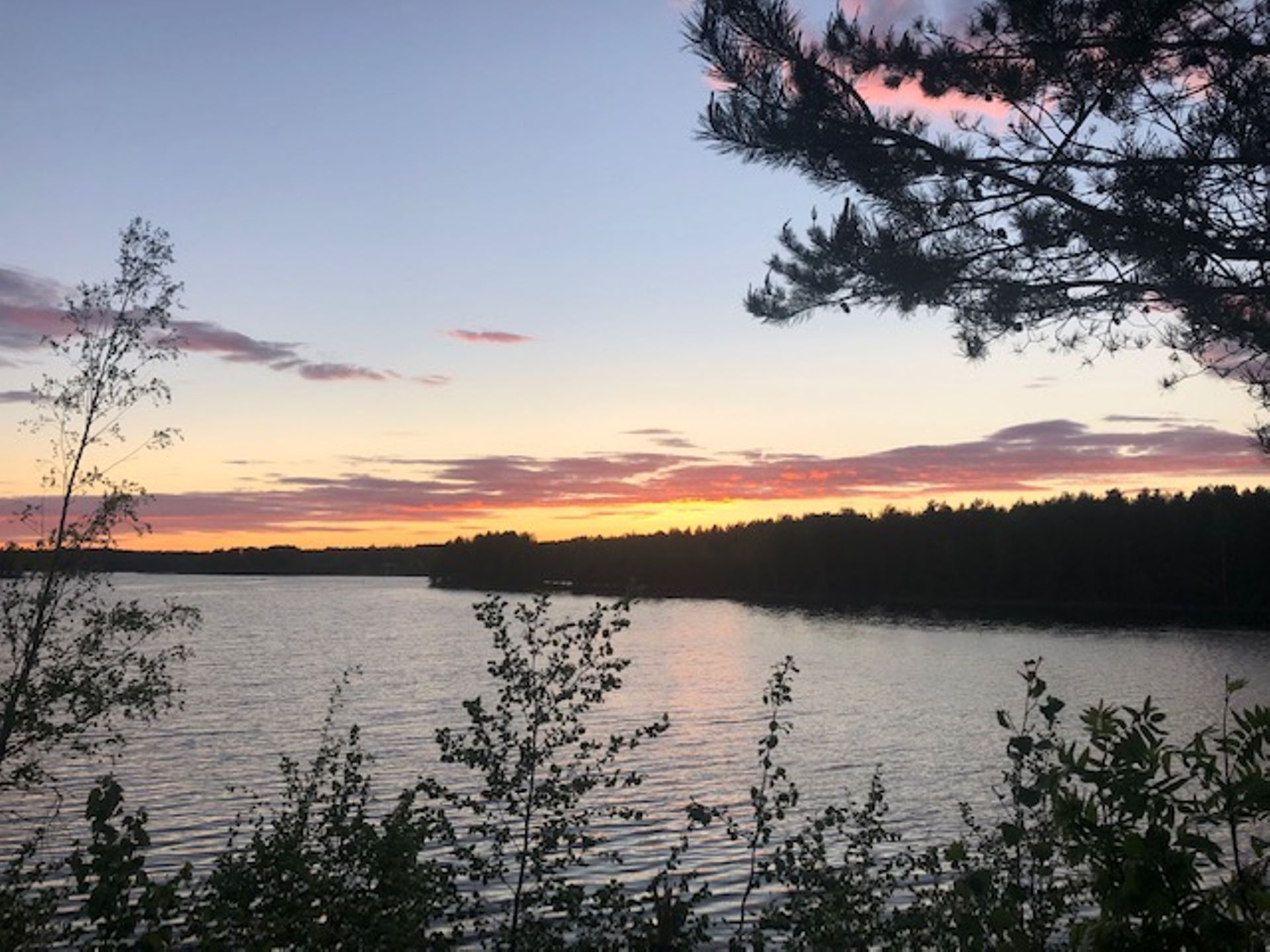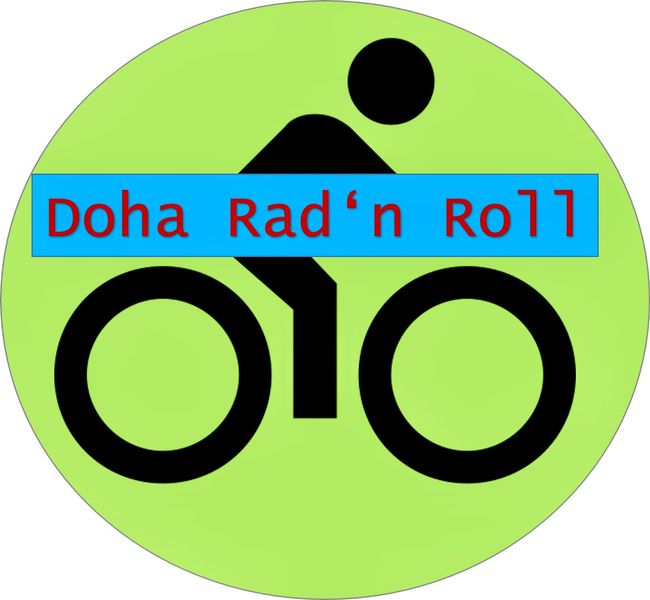Slovenia: Maribor, Ljubljana, Bled, na wɔde wɔn ho hyɛɛ mu
Wɔatintim: 16.07.2022
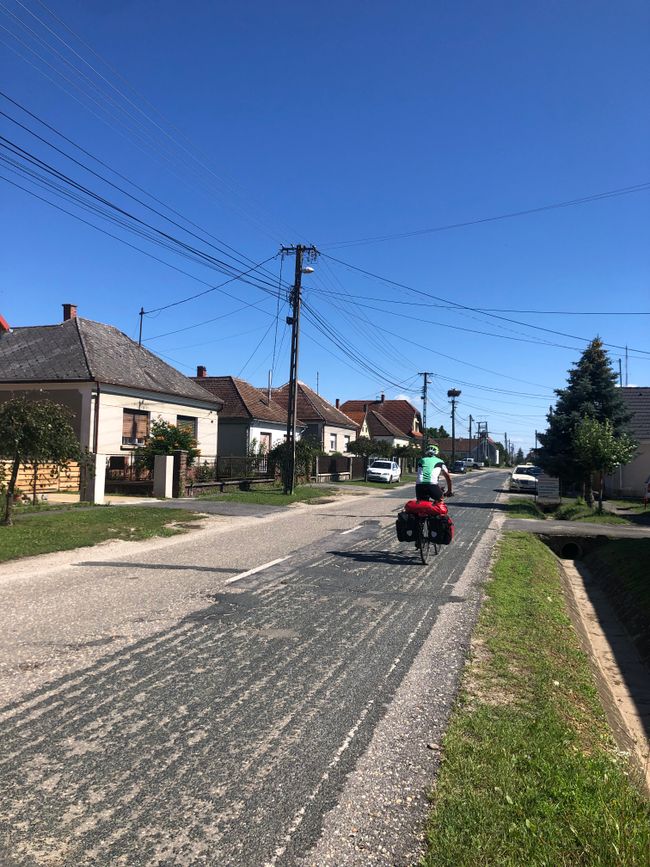
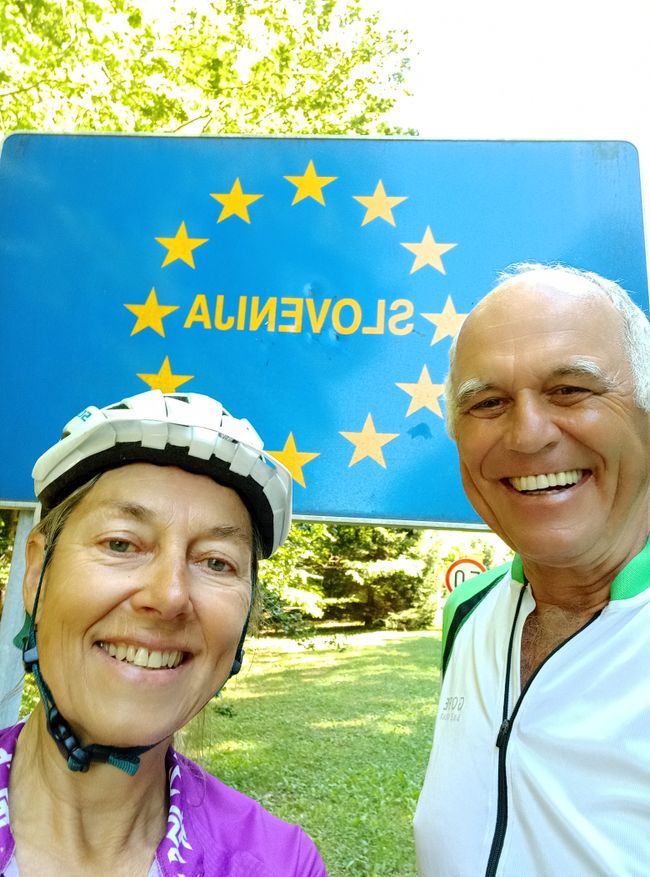
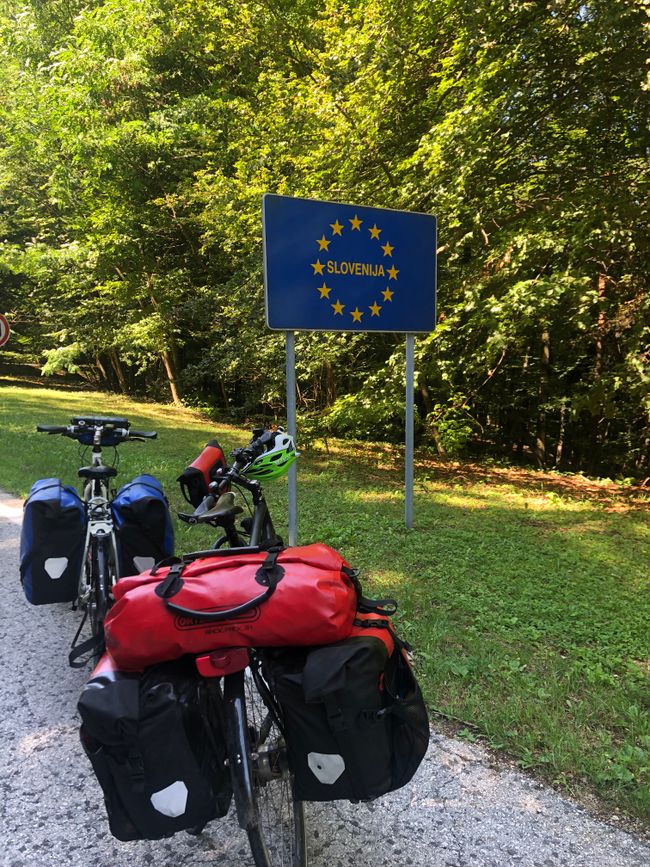
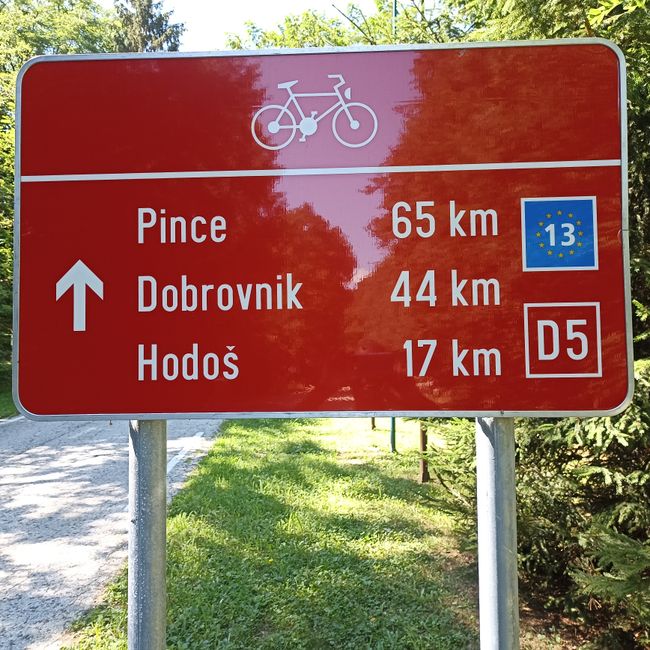
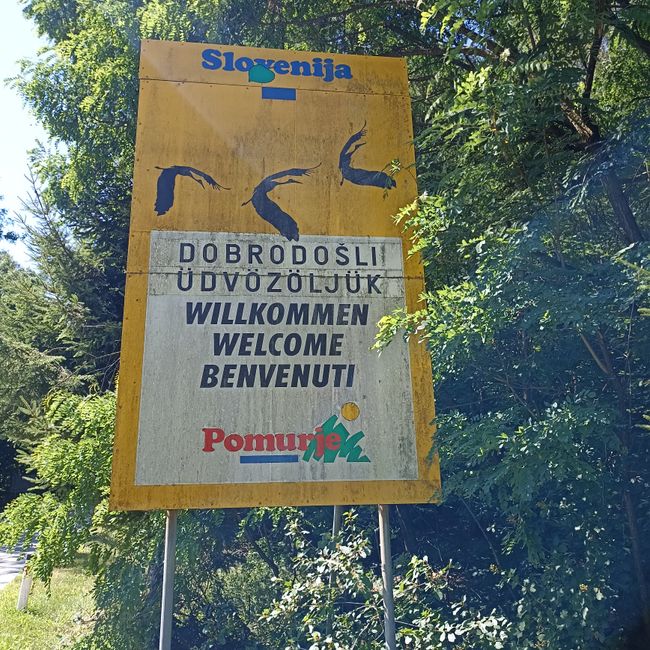
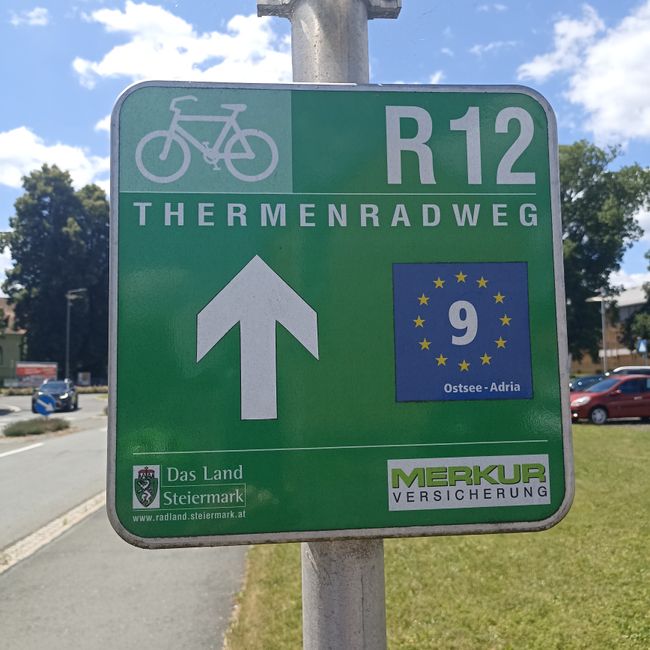
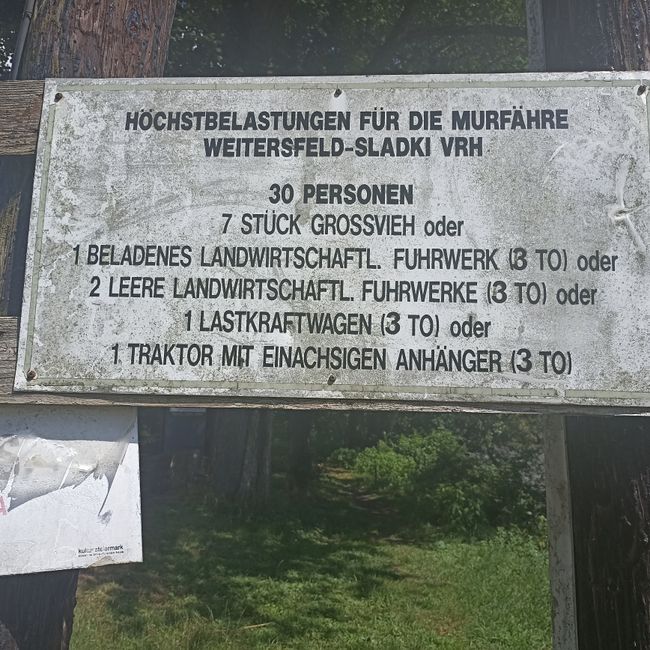
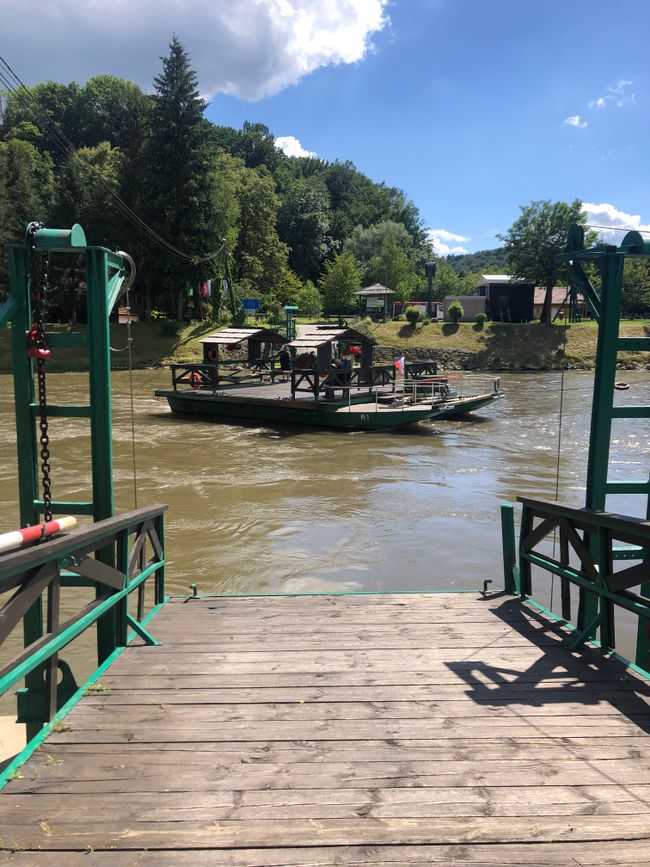
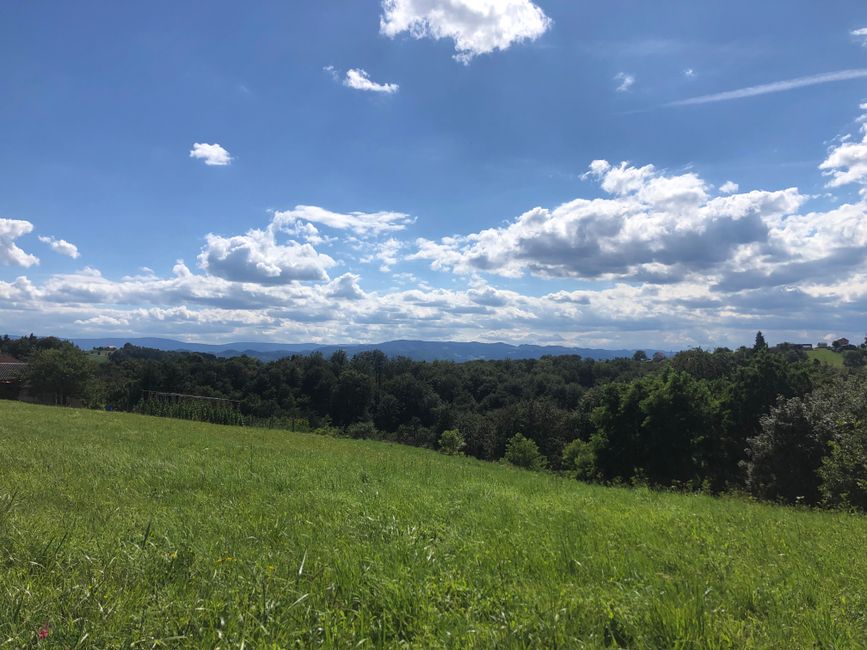
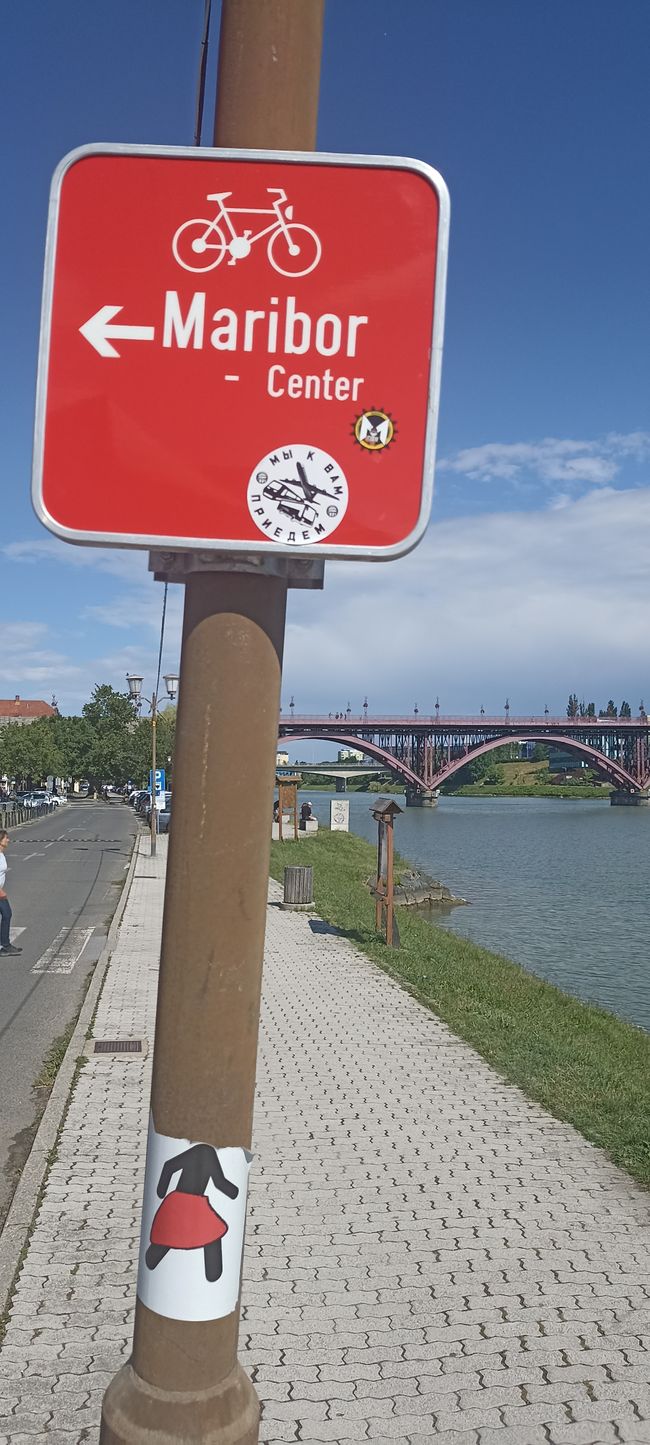
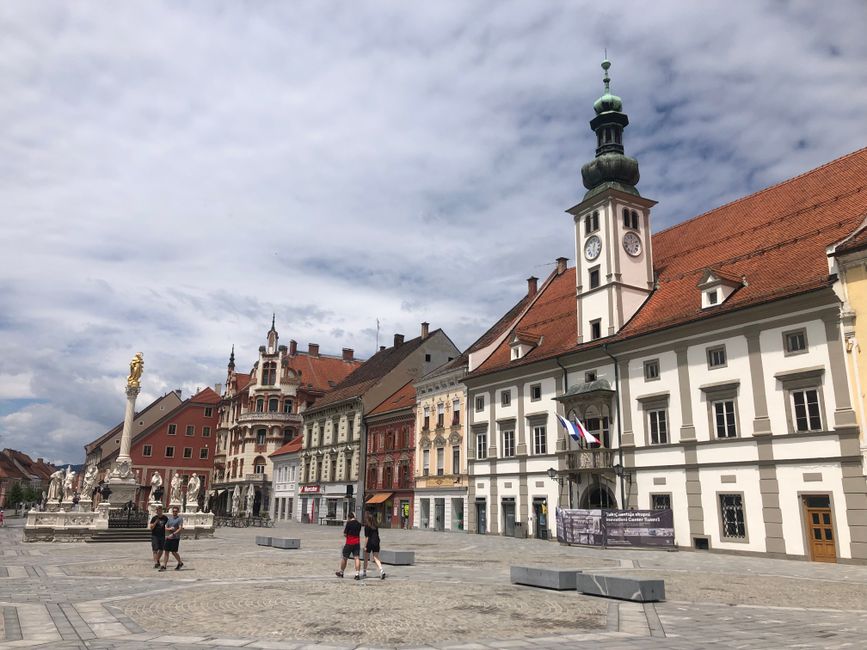
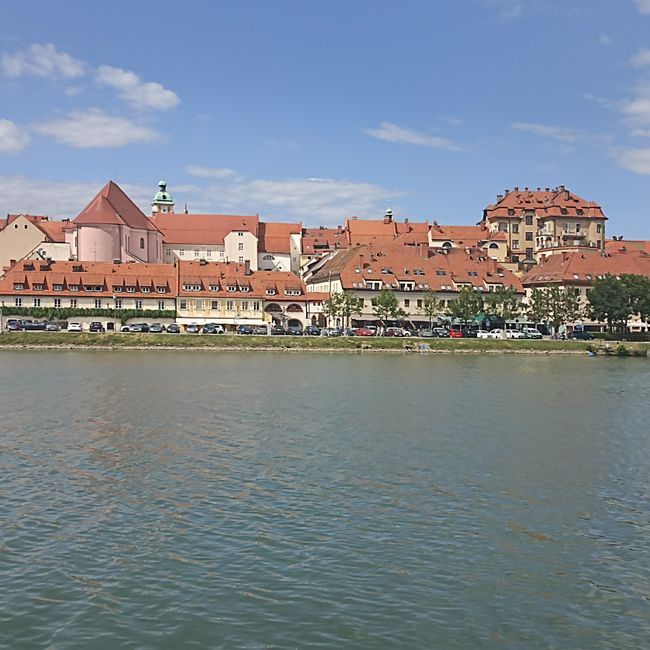
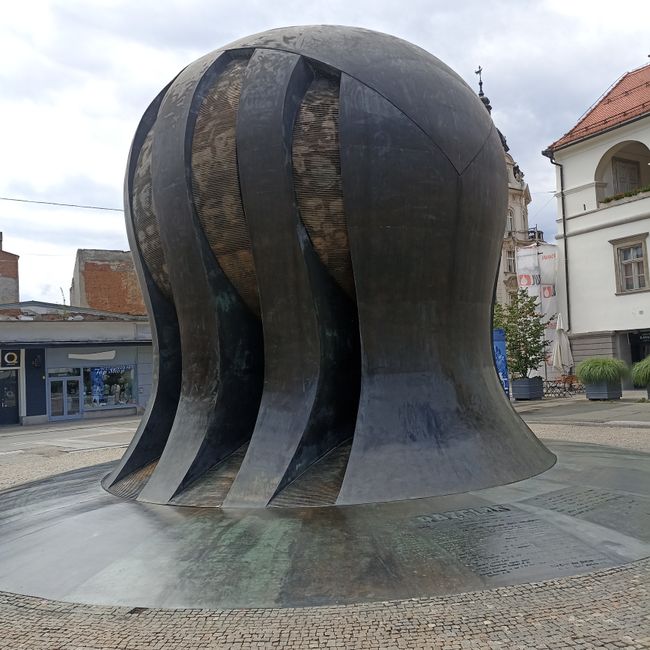
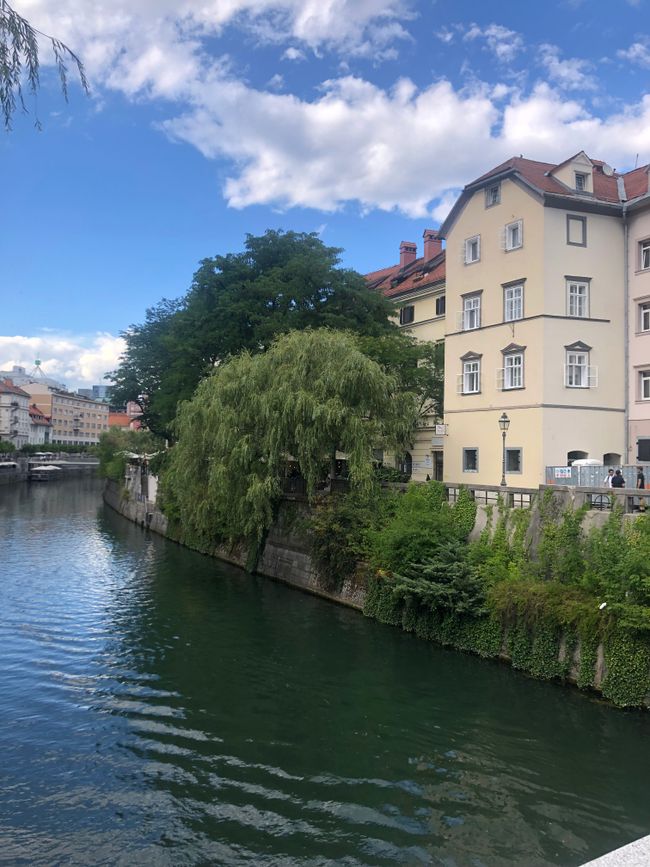
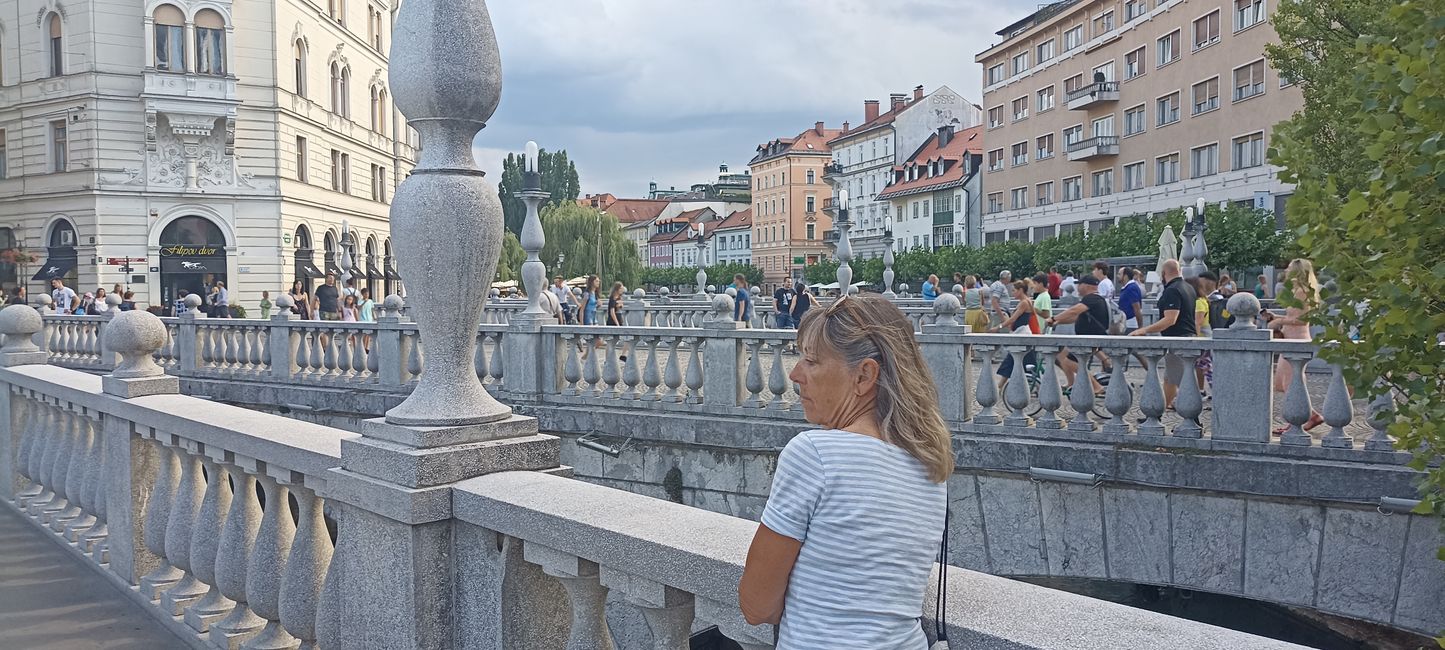
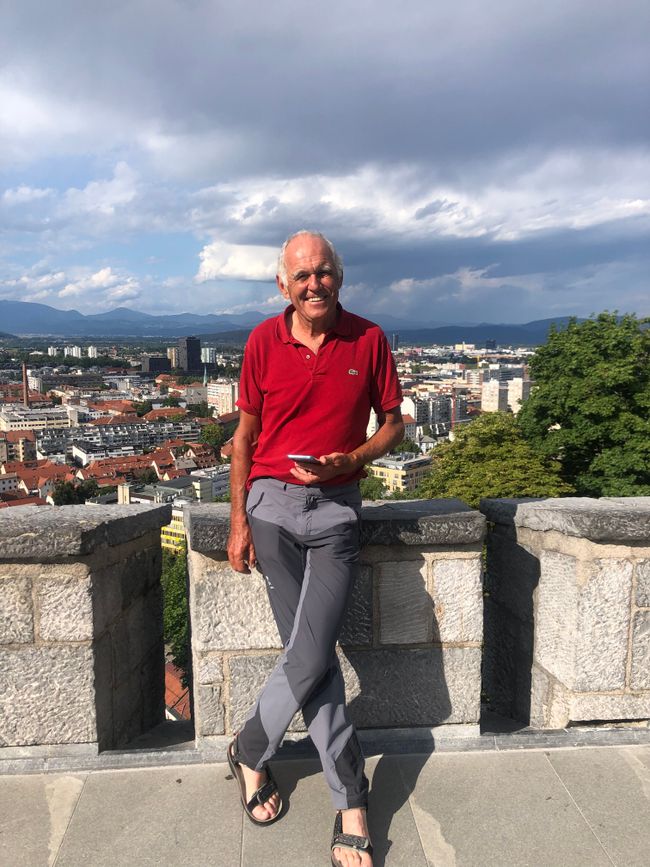
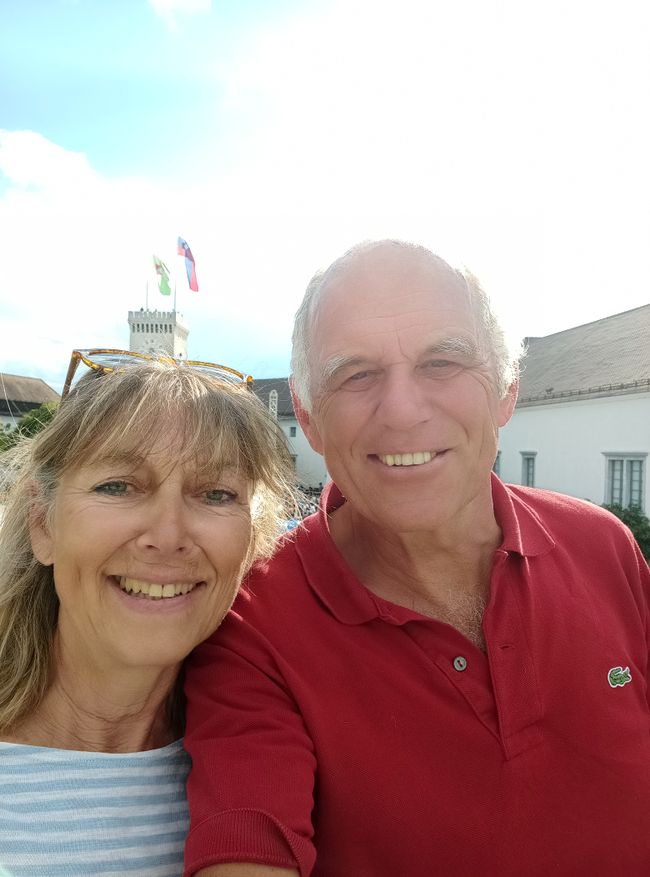
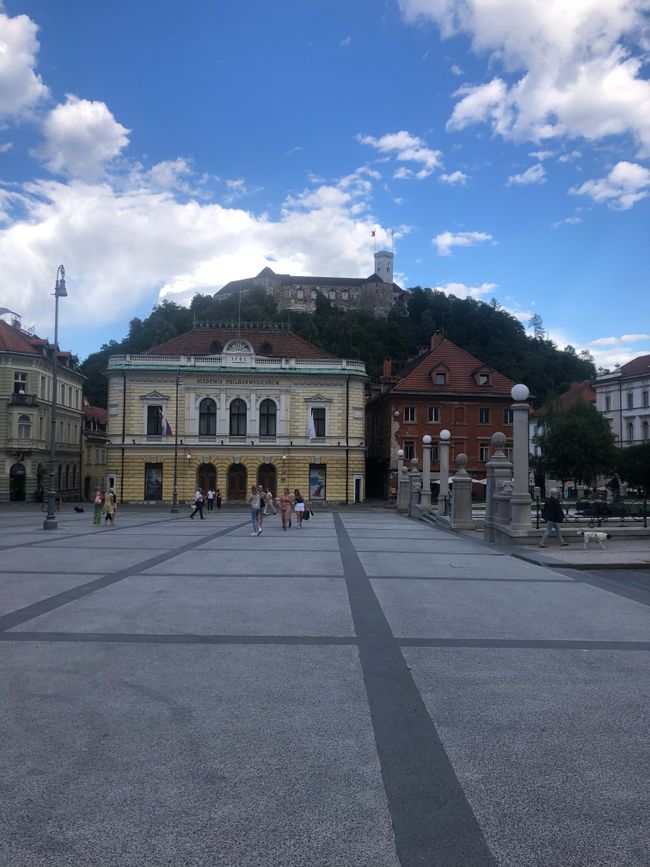
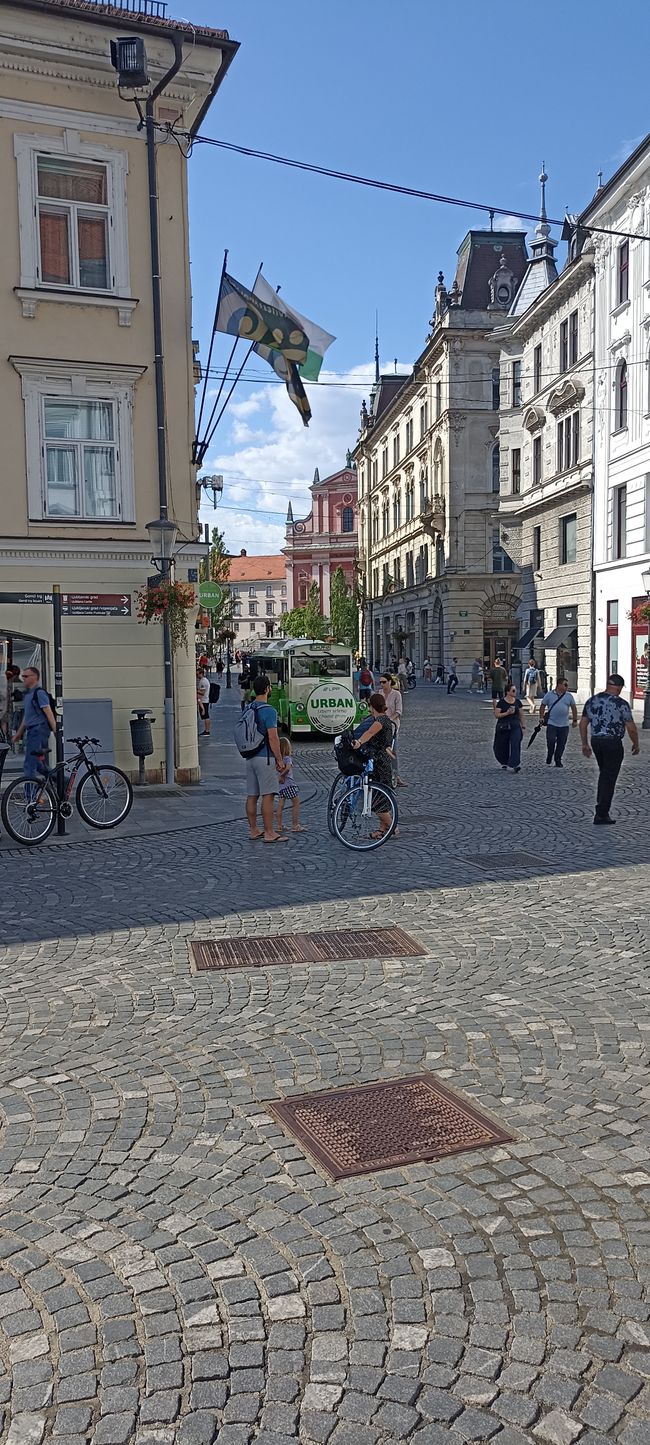
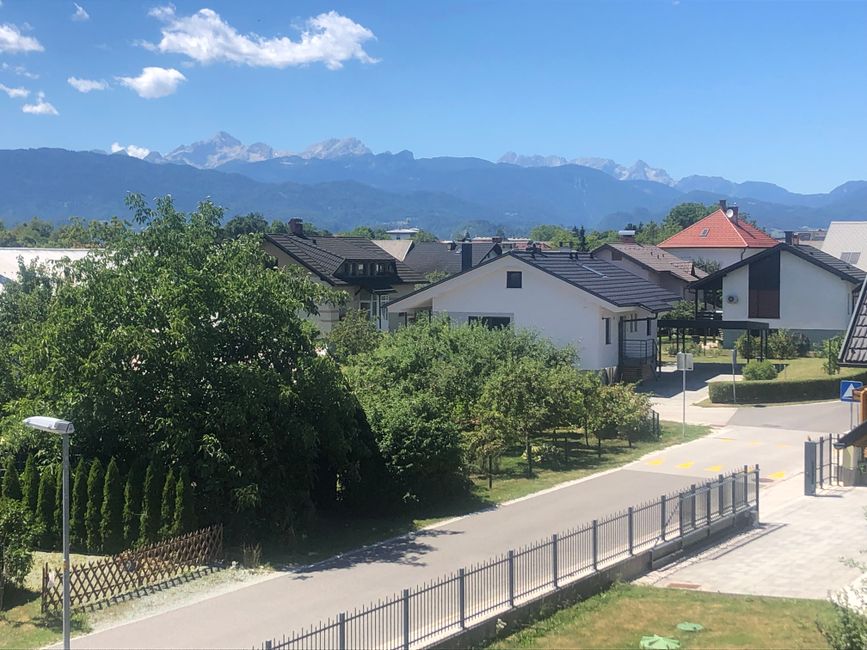
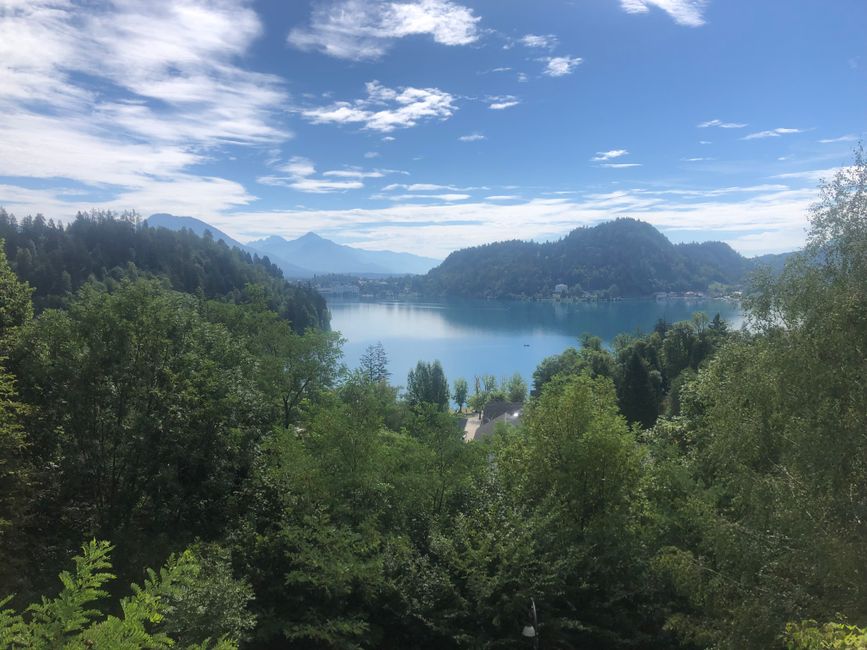
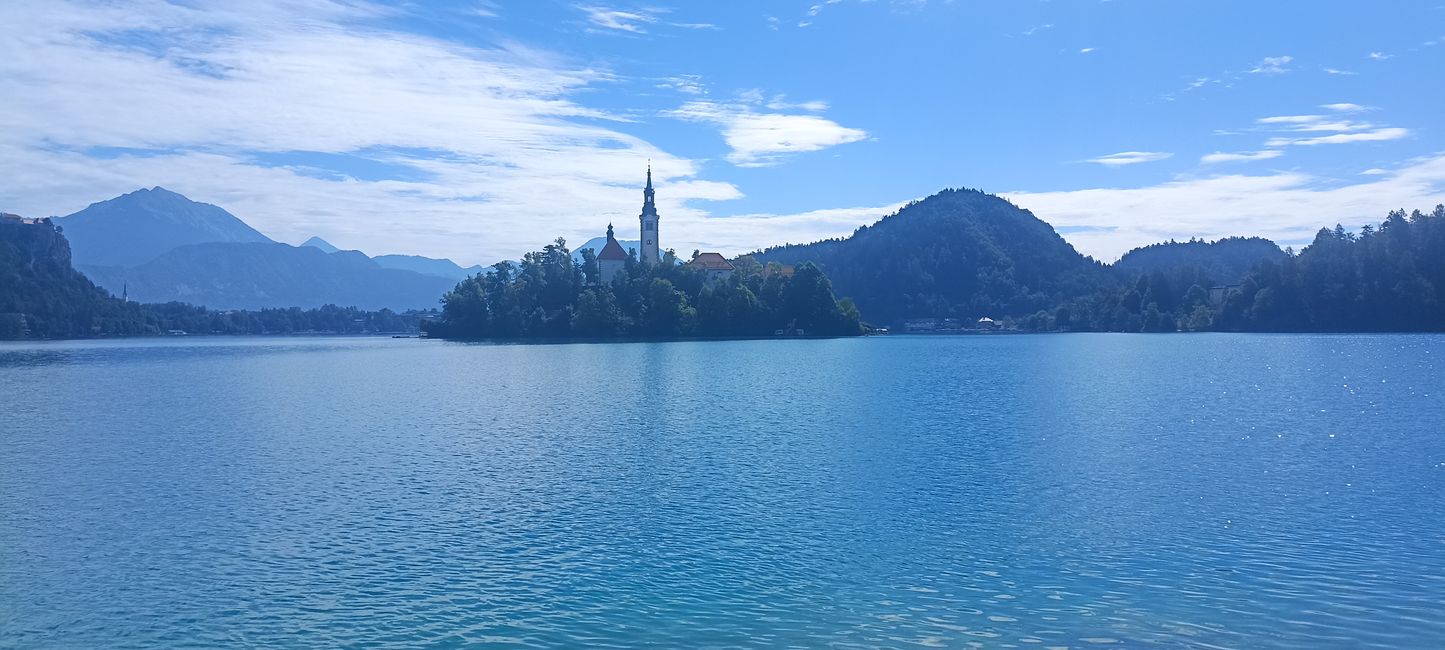
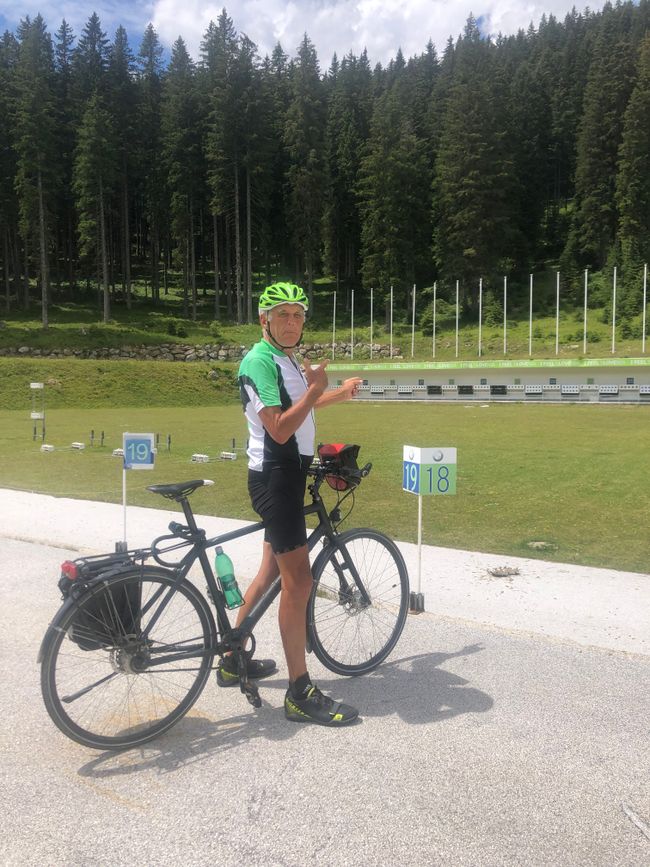
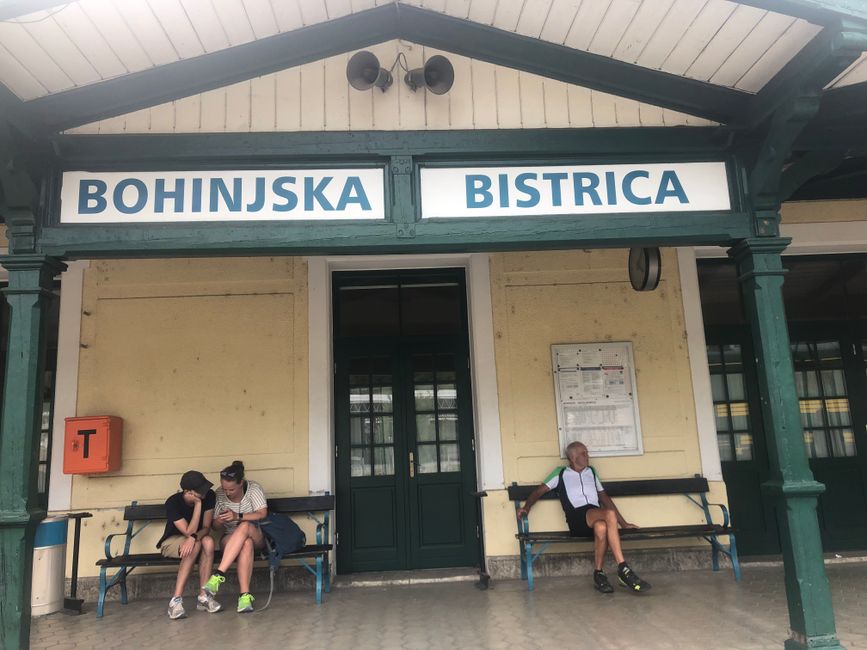
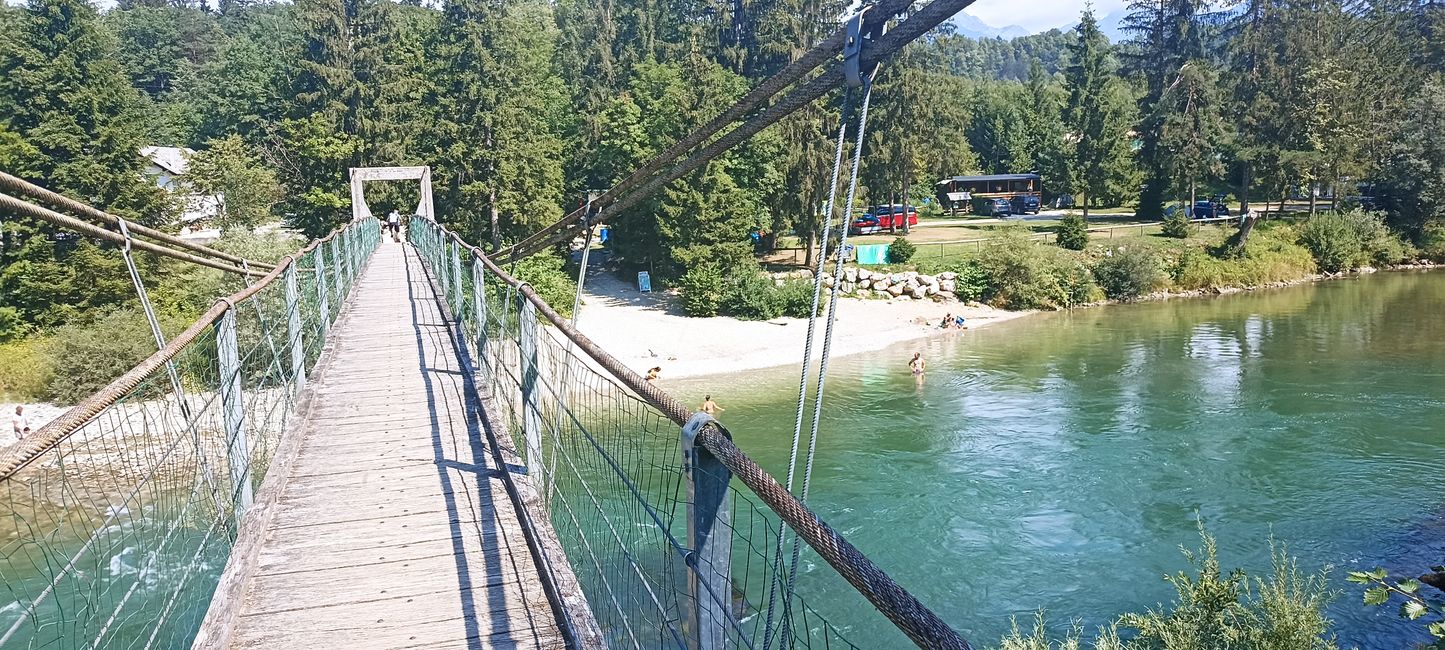
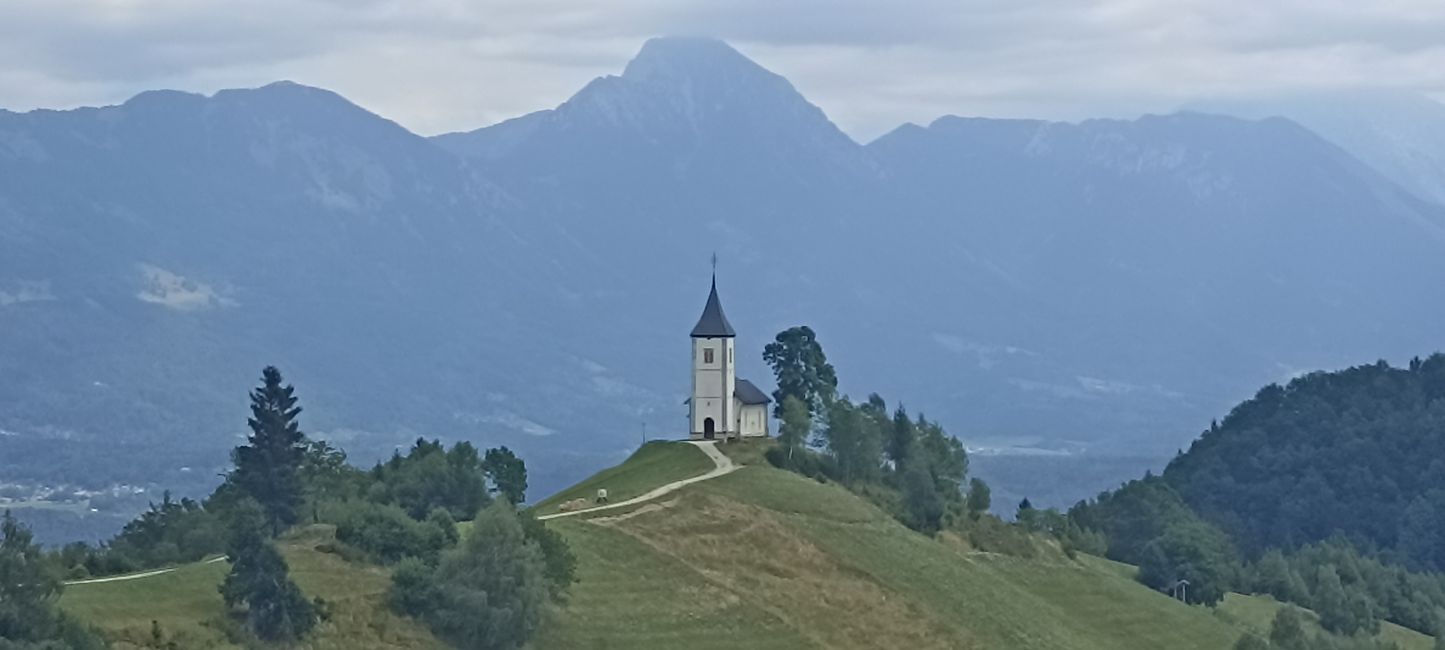
Kyerɛw wo din wɔ Newsletter no mu
Day 34 - July 9: Szentgotthard - Border to Slovenia - Bad Radkersburg - Mureck - Maribor 105 km - Total: 3160 km
It's our last day on EuroVelo 13, because after 17 km and a strenuous climb with 13% gradient, we reach the border to Slovenia and turn right towards Kuzma. The Iron Curtain Trail takes a turn to the left towards Hodos. Hopefully we'll see each other again next year. The border crossing into Slovenia is the sixth on this journey and there was no border gate and no one checked us. We only had to show our ID occasionally at the accommodations. Neither of us have been to Slovenia before and we're excited to see what awaits us. We're definitely expecting mountains and lakes, although the uphill climbs will occupy us more than bathing opportunities. Slovenia is a top student of the EU, having been a member since 2004. Low unemployment and high economic growth ensure prosperity. Recently, the right-wing populist government was voted out, and it is a role model in the field of sustainable development. Our first view reminds us a bit of Basel Land, hilly and lush green. We go downhill until Kuzma and then quickly back onto the Austrian side and into the charming town of Bad Radkersburg with its beautiful old town. The next 30 km we ride on the Mur Cycle Path, which is part of the EV 9 here. With a small ferry, we cross over to the Slovenian side. There we are immediately confronted with a steep 16% climb that demands everything from us. As a reward, we descend steadily until shortly before Maribor. For Maribor, we have decided to set up the tent on the campsite again, which Dominique is very happy about and allows me to better understand the agony of the uphill climbs (with tent in tow!).
Day 35 - July 10: Rest day in Maribor
It's Sunday and it's raining heavily in the morning - perfect for a day off cycling and a visit to Maribor, the second largest city in Slovenia. From our campsite, right on the Pohorje, Maribor's local mountain, where ski World Cup races are also held, we cycle to the old town. By now, the rain has stopped, and as the day progresses, the sun begins to shine more and more. First, we visit the main square with the beautifully renovated late Baroque town hall and the well-kept residential houses. Maribor was the European Capital of Culture in 2012, and it has obviously invested a lot in preserving the old buildings and providing them with attractive information boards. Just around the corner is the cathedral in the Gothic style with a long, high nave. Through beautiful alleyways, we reach the city castle, which gave the city its name (Marburg). Today it houses the city museum, which is unfortunately closed on Sundays. Right next to it is the Liberation Square with the Liberation Monument, which commemorates the more than 700 victims who were allegedly murdered by the Nazis for communist activities. It is designed like an old helmet and shows large, stylized photos of the victims in the helmet openings.
We stroll across one of the bridges over the Drava River, from where we have a beautiful view of the old town. Directly on the banks, you will find the old vine, which is said to have borne grapes for 400 years. This entices us to have a glass of white wine in the bar next door.
Day 36 - July 11: Maribor - Celje - Šempeter 80 km
We split the route to Ljubljana into two days and ride on well-developed secondary roads through the countryside, which often reminds us of Switzerland or the Black Forest. Despite a few climbs, we make good progress and, after a break in Celje, which doesn't have much to offer, we arrive at the campsite in the late afternoon, where we are greeted warmly and in good German. We notice how well the population speaks English and German, especially in the tourism sector.
Day 37 - July 12: Šempeter - Kamnik - Ljubljana 65 km
We set off in ideal weather and make good progress. On a small road, we have to climb up to 650 m and then enjoy a mostly downhill ride to Kamnik. Kamnik is located at the foot of the Steiner Alps, which also form the border between Austria and Slovenia. We arrive in Ljubljana shortly after 2 pm and now have time for an extensive stroll through the impressive old town. We immediately come across Prešeren Square with the pink Franciscan Church and the Three Bridges, which are the key points and meeting places of the city. They connect the forested hills with the castle and all important alleys of the old town. In the Middle Ages, a strategically important bridge stood there, connecting Northeast Europe with the Balkans. The later built stone bridge was complemented by two pedestrian bridges and adorned with stone balustrades, a brilliant architectural move. Today, all three are only open to pedestrians and exude a very special atmosphere. From there, Ulica Čopova, where magnificent Art Nouveau houses such as the Urbanc department store are located, also branches off. We stroll along the Ljubljanica River through the picturesque alleyways and then visit the Baroque cathedral from the early 18th century. From there, it's not far to the ascent to the castle, which has been towering above the city center for around 900 years. From there, you have a wonderful view of the old town and the surrounding hills. Back in the old town, we cross the Shoemaker's Bridge and come to Congress Square with its magnificent university building. Not far away is the building of the Slovenian Philharmonic. Countless bars and cafés in the alleys invite you to have an aperitif, which we gladly accept.
Day 38 - July 13: Ljubljana - Kranj - Radovljica 55 km
The sun is shining again, and we quickly leave the noisy city behind us. The path to Kranj is easy to find and easy to ride. After that, there are a few more hills to conquer until we arrive in Radovljica, a small town on the edge of Triglav National Park. Here we stop for two days to explore the area, especially the national park, with our bikes without luggage. From our room, we have a magnificent view of the Karawanks and the Julian Alps with Triglav, Slovenia's highest mountain at 2864 m. We explore Radovljica, a beautiful small town with houses from the 16th and 17th centuries and a baroque castle.
Total: 3360 km
Day 39 - July 14: Tour to Pokljuka in Triglav National Park (without luggage) 60 km
Today's destination is Pokljuka, an alpine high plateau with the biathlon stadium at 1345 m. Since our starting point Radovljica is located at around 500 m, we expect a long and tough climb, which is slightly eased by the beautiful surroundings. It becomes mentally tough when a mountain runner with a dog overtakes me in the first ascent. The only thing to do is not to think about it and keep pedaling. And that for quite a while. And as often happens, the view opens up to a beautiful high plateau with small huts, meadows, and some cows. We quickly catch our breath and then tackle the last six kilometers to the stadium. Except for a hotel and the shooting range, there is not much to see there in the summer. However, the parking lot is full because you can take various hikes from here, including to Triglav.
For the return journey, we choose narrow roads that are luckily hardly used by cars. We go down into the valley steeply through meadows and forests, and we're glad that our brakes are still working well. From above, we can already see our destination, Bohinjska Bistrica, deep in the valley, but we take a detour to the largest Slovenian lake, Lake Bohinj, at an altitude of 530 m. In the height of summer, it is a popular bathing lake. From there, it's only a few kilometers to Bohinjska Bistrica, where we take the train to Bled and cycle back to Radovljica from the Bled railway station. In the evening, a South American combo performs in front of the castle - we enjoy listening to live music again.
Day 40 - July 15: Tour to the foot of the Karawanks (without luggage) 60 km
Today we decide on separate programs and then meet in Begunje. Dominique visits the museum of the famous Slovenian folk musician Slavko Avsenik, who was one of the biggest stars of folk music with his Original Oberkrainer band. His family runs a large guesthouse in Begunje, to which the museum is attached. When I finally arrive there, I have a few meters of altitude in my legs again, but I also remember beautiful views. In Begunje, a visit to the Alpine Museum of the ski company Elan is a must. The company was founded immediately after World War II and initially produced 400 wooden skis annually for alpine skiing, ski jumping, and cross-country skiing. In consultation with the socialist government, the market was then expanded to include Belgium and the USA. The name Elan is closely associated with Ingemar Stenmark, who only used Elan skis throughout his career. At that time, it was still possible for someone to compete the entire season with the same pair of skis. Today, Elan has withdrawn from racing and only produces skis for the leisure sector.
Kyerɛw wo din wɔ Newsletter no mu
Anoyie
